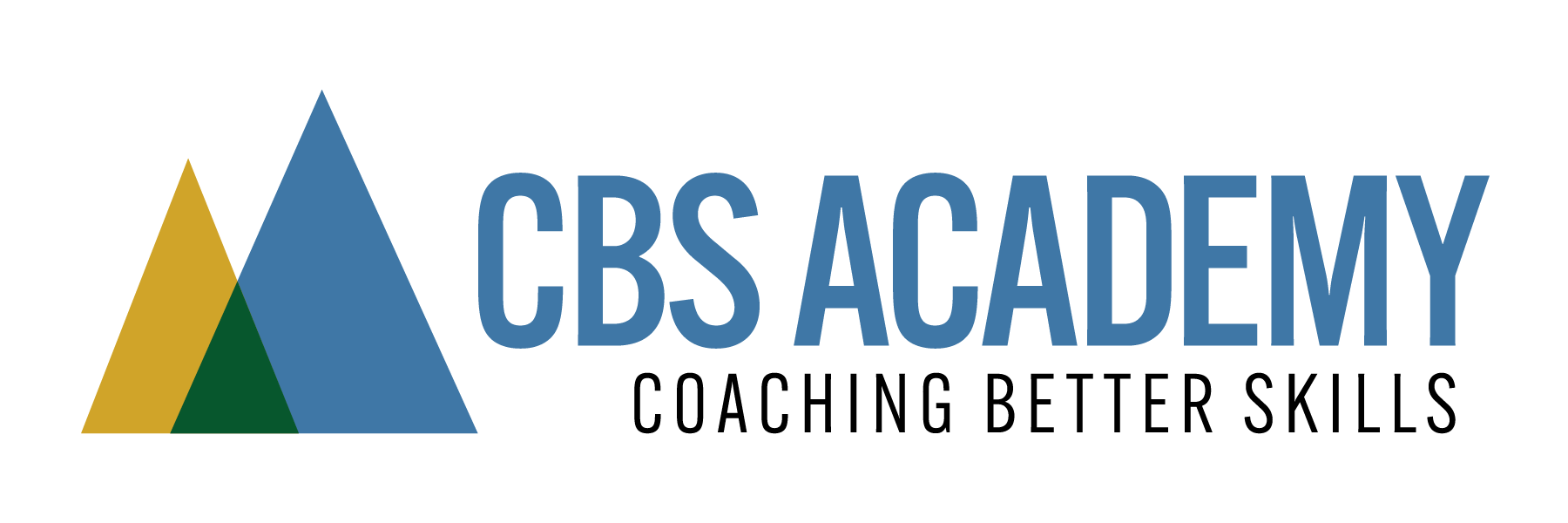Is Self-Assessment Just About Asking Questions?
Let's Break it Down:
Encouraging Critical Thinking
Self-assessment allows team members to think critically about their work and how they approach it. When coaching someone, it's tempting to provide immediate solutions or feedback. But instead, encourage them to reflect on the steps they took and why they chose those paths. Ask open-ended questions like, “What do you think worked well in that situation?” or “Why did you choose that approach?” These kinds of prompts encourage them to think through the reasons behind their actions and analyze their decision-making processes.
The key here isn’t simply asking the questions—it’s allowing them the space to think deeply about their answers without jumping in to guide them too quickly. Critical thinking is a skill that needs to be cultivated over time. When team members learn to think through their processes, they become better problem solvers, more self-reliant, and more engaged in their work.
The key here isn’t simply asking the questions—it’s allowing them the space to think deeply about their answers without jumping in to guide them too quickly. Critical thinking is a skill that needs to be cultivated over time. When team members learn to think through their processes, they become better problem solvers, more self-reliant, and more engaged in their work.
Identifying Strengths and Opportunities
Self-assessment isn’t just about identifying mistakes or areas for improvement. It's equally about helping individuals recognize their strengths. When coaching, guide them to reflect on what they did well, what they enjoyed, and where they excelled. Acknowledging strengths builds confidence and motivates people to leverage those strengths further.
At the same time, self-assessment allows employees to spot areas where they can improve. Rather than simply being told what their weaknesses are, self-identification leads to greater ownership of the development process. It’s more impactful for a team member to say, “I realized that I could improve my time management,” rather than a leader pointing it out. When people identify their own areas for growth, they are more likely to be motivated to address those areas and take action.
At the same time, self-assessment allows employees to spot areas where they can improve. Rather than simply being told what their weaknesses are, self-identification leads to greater ownership of the development process. It’s more impactful for a team member to say, “I realized that I could improve my time management,” rather than a leader pointing it out. When people identify their own areas for growth, they are more likely to be motivated to address those areas and take action.
Developing a Growth Mindset
One of the greatest benefits of self-assessment is that it helps to foster a growth mindset. By continuously reflecting on their actions, outcomes, and learning from both successes and setbacks, team members become more adaptable and resilient. They understand that every experience—whether it leads to success or failure—is an opportunity to learn and grow.
As a leader, your role is to cultivate this mindset by providing a supportive environment where self-assessment is encouraged, not feared. If employees know they won’t be judged or penalized for reflecting honestly, they are more likely to engage in the process and be transparent about their development needs.
Conclusion
In conclusion, self-assessment is far more than just asking questions. It’s about empowering individuals to think through their processes, reflect on their "whys," and actively engage in their own development. Leaders who allow their teams to self-assess aren’t just improving individual performance—they’re fostering a culture of continuous improvement and ownership.
So, the next time you’re coaching, resist the urge to jump in with all the answers. Instead, encourage reflection, guide them to their own insights, and watch as they take more ownership of their growth and development. After all, the goal isn’t just to create good performers; it’s to develop thinkers and leaders in their own right.
So, the next time you’re coaching, resist the urge to jump in with all the answers. Instead, encourage reflection, guide them to their own insights, and watch as they take more ownership of their growth and development. After all, the goal isn’t just to create good performers; it’s to develop thinkers and leaders in their own right.
